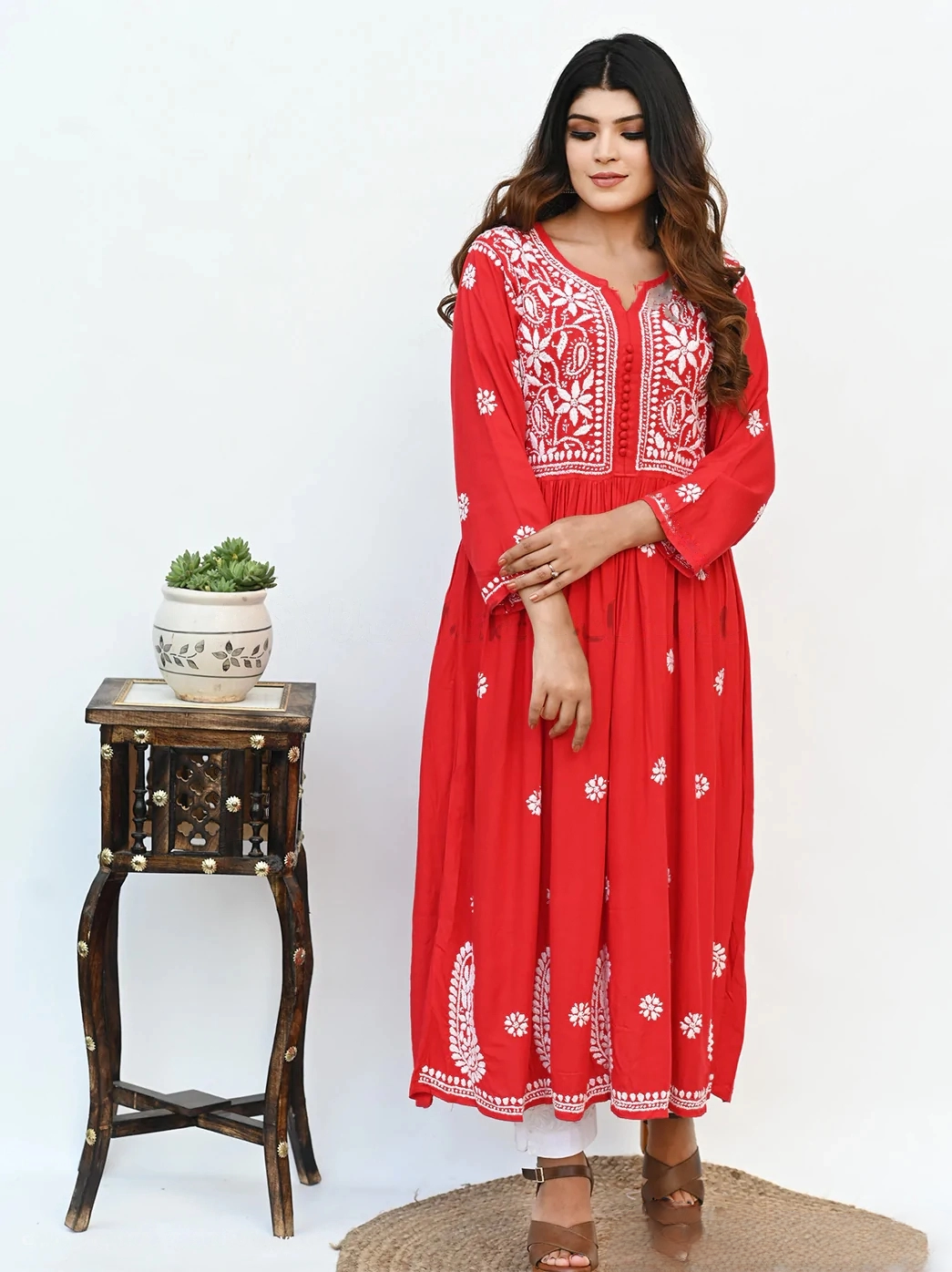Chikankari Originating from the city of Lucknow in India, this intricate handcrafted art form is steeped in history and tradition. Picture delicate stitches weaving stories of tradition and elegance, transforming mere fabric into timeless masterpieces. Welcome to the realm of Chikankari kurtis – where the hands of artisans breathe life into each thread, crafting a symphony of motifs that dance in harmony with history. Thus, here you can learn more about the interesting facts about chikankari kurtis. Here are some interesting facts about chikankari kurtis that illuminate the Allure of Chikankari Kurtis:
See Also: Traditions meet Trends: The Charm of Bollywood Actresses in Chikankari Kurti
Interesting Facts About Chikankari Kurtis
1. Vintage Origins
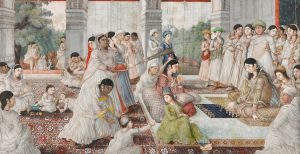
Mughal Influence:
Chikankari, often referred to as “shadow work,” dates back to the Mughal era in the 3rd century. It is believed to have been introduced by the Mughal emperors themselves, who were patrons of this delicate embroidery. Where it flourished under the patronage of Mughal emperors, particularly Akbar. The art form was believed to be introduced by Noor Jehan, Akbar’s wife.
2. Royal Assistance:
Chikankari gained immense popularity during the reign of Emperor Akbar, who was known for his appreciation of art and culture.
3. Artistic Handiwork:
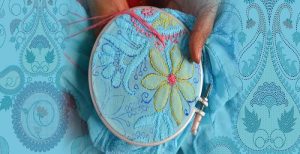
Chikankari kurtis are entirely hand-embroidered, making each piece a labor of love and dedication. In a world where fast fashion often prevails, Chikankari stands as a beacon of slow, mindful artistry.
4. Mystical Motifs:
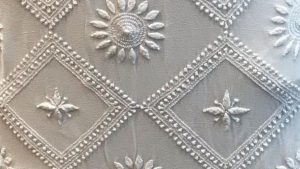
Chikankari motifs are inspired by nature, including flowers, birds, and vines. These examples are representative and reflect the excellence of our entire environment.
5. Artistry Through Stitches:
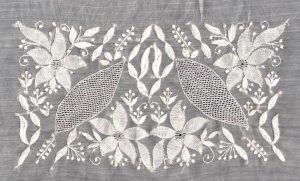
1. Six Classic Stitches: Chikankari work involves six primary stitches: “Tepchi,” “Bakhiya,” “Hool,” “Zanzeera,” “Keel Kangan,” and “Phanda.” Each stitch contributes to the intricate patterns and textures that define Chikankari.
2. Fine Needlework: Chikankari is characterised by its delicate and fine embroidery, often referred to as “shadow work.” The threads are so fine that the embroidery seems to cast a shadow on the fabric.
6. Varieties of Fabric:
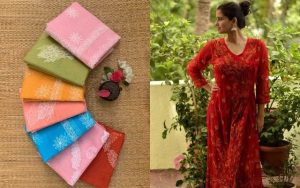
While Chikankari is often associated with lightweight fabrics like cotton and georgette, it can also be found on silk, chiffon, and even synthetic materials.
7. Time-Consuming Labour Effort:
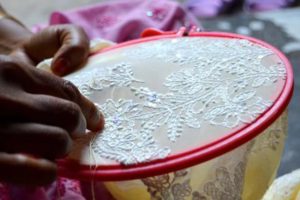
Crafting a Chikankari kurti is a labor-intensive process that demands remarkable patience and precision. Creating a single Chikankari kurti can take weeks or even months, depending on the complexity of the design.
Check Also: Chikankari Kurtis Fashion Popularities in Bollywood
8. Global Fame:
Chikankari’s exquisite craftsmanship and attention to detail have captivated the fashion world. Chikankari kurtis have transcended borders and are now celebrated on international runways and fashion platforms. From Paris runways to New York boutiques, Chikankari has seamlessly integrated itself into the global fashion narrative.
9. Celebrities’ Choice:

Celebrities and fashion icons often flaunt Chikankari kurtis, amplifying its popularity and showcasing its timeless appeal on red carpets and public appearances.
10. Fashion Fusion:
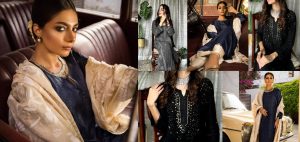
Chikankari’s adaptability to various fabrics and styles has enabled designers to fuse it with modern silhouettes, creating a harmonious blend of tradition and innovation that resonates with international fashion trends.
11. Cultural Exchanges:
Fashion events, exhibitions, and collaborations have facilitated the exchange of ideas and designs between Chikankari artisans and international designers, fostering a cross-cultural appreciation for this art form.
12. Cultural Heritage:
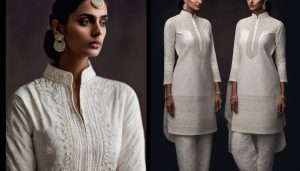
Chikankari is more than a fashion statement; it’s a cultural heritage. Efforts are being made to preserve and promote Chikankari as a cultural heritage. Cultural Richness: As a reflection of India’s rich cultural heritage, Chikankari holds a unique appeal for those who appreciate traditional craftsmanship.
13. Wedding Outfit:
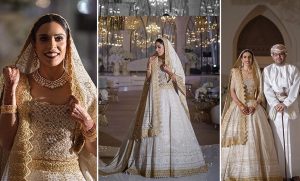
Chikankari kurtis have made their mark in bridal fashion, with brides opting for intricately embroidered pieces to add a touch of elegance and tradition to their wedding trousseaus.
14. Nature’s Quiet Conversations:
Chikankari motifs draw inspiration from nature, featuring intricate designs of flowers, birds, and vines.
15. Rich Variety of Colors:

Chikankari kurtis boast a wide array of colors, often blending pastel shades with bolder hues. Chikankari, the artful embroidery technique hailing from Lucknow, India, is renowned for its rich variety of colors that infuse life and vibrancy into every intricate stitch. Whether it’s a bridal ensemble adorned with vibrant jewel tones or an ethereal white Chikankari creation for a timeless appeal, the spectrum of colors in Chikankari truly captures the essence of self-expression and artistic mastery.
16. Locally Characteristic Designs:
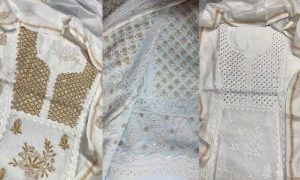
Different regions in India have their own variations of Chikankari, each showcasing unique stitching techniques and motifs. The Lucknowi and Murshidabadi styles, for instance, showcase their own artistic interpretations.
Final Thoughts
You’re carrying forward the tradition of those who painstakingly weave dreams into reality, thread by thread, in a world that often seems to have forgotten the beauty of pure human-like artistry. Each stitch weaved into a Chikankari kurti tells a story of tradition, patience, and craftsmanship. So, the next time you don a Chikankari kurti, remember that you’re wearing a piece of history and art that has stood the test of time. These interesting facts about chikankari kurtis provide global fame and their motifs and design win hearts in the fashion world.
Related Articles:
